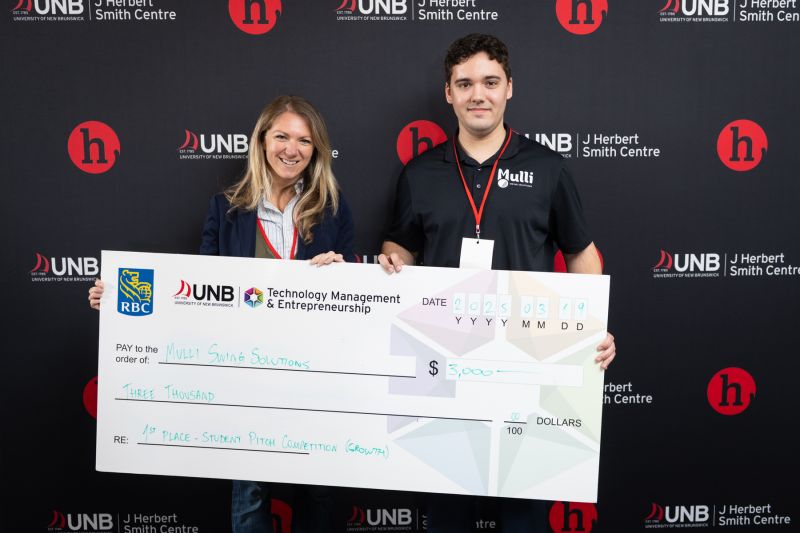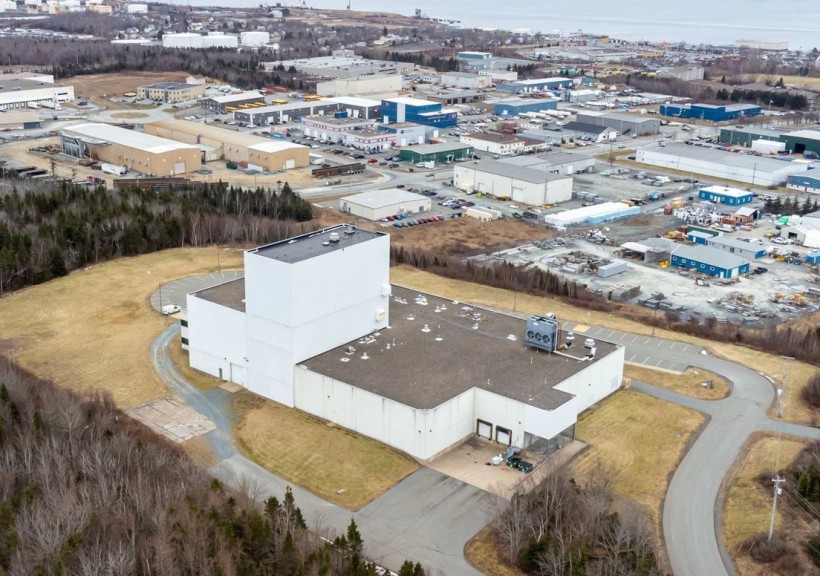As it works on attracting $500,000 in seed funding, Resolution Optics of Halifax will sign a memorandum of understanding with a Chinese government agency this week to research the growing algae problem in Lake Taihu in eastern China.
The deal includes the sale of Resolution’s 4-D submersible and desktop microscopes to the China State Key Laboratories. But its real importance is providing traction in the startup’s pivot from a provider of research tools to a software company testing water quality in specific markets.
The company, founded by Dalhousie University professors Manfred Jericho and H. Juergen Kreuzer, has sold its digital, inline, holographic microscope to researchers. The microscope produces real-time, 4-D images of particles and micro-organisms, meaning it shows them from three angles and as they change with time.
It has been transforming into a maker of devices and software that helps communities detect algae buildup in water systems before it becomes a major problem. It is also working on products that help oil companies assess, in real time, the success of oil cleanups.
“I don’t want to brand ourselves as a microscope company, because we’re not really that,” Stephen Jones, the vice-president of business development and marketing, said in an interview.
“Our value is in the software … and the information contained in the microscope images.”
The Chinese deal will involve two phases. In the first, the partners will collect samples and analyze them under a Resolution Optics desktop microscope at a lab facility provided by the State Key Laboratories in Shenzhen, China.
In the second, they will deploy a submersible microscope to Lake Taihu to study harmful algae blooms, a process that will help with product development by allowing Resolution to work on a wireless technology to allow greater flexibility and ease of use.
Success in the pilot project could lead to a stronger relationship with Chinese authorities, which could result in sales of as many as 200 4-D microscopes at about $30,000 each over three to five years, Jones said.
On the oil and gas side, the company is developing a product that can help oil companies determine whether oil is dissipating after a spill.
The process now involves taking a sample, shipping it to a lab and reporting back with the results. The process is expensive and slow.
With Resolution Optics, an oil company could have a submersible in the water on site soon after the spill. The submersible would give it instant readings on the size, quantity and movement of oil droplets in water.
By getting an immediate picture of what is happening, the oil company can determine if the slick is improving or getting worse, and that would save it time and money.
Resolution Optics has been working with the Bedford Institute of Oceanography to validate the system. Jones said the experiments have shown that Resolution’s system is the only one that can count oil droplets — and only oil droplets — within seconds.
Jones is now working on a funding round, with a target of $500,000. That, he said, would provide the company with about 15 months of working capital. He hopes to close the round by the spring.









